Nestled in the heart of Calabria, Cosenza immediately grabbed my attention with its fascinating dual identity. The city divides itself into two distinct parts: the historic old town climbing up Pancrazio Hill, and the modern section spreading across the Crati valley below.
Walking through Cosenza feels like time travel. Ancient medieval architecture and contemporary urban design somehow manage to coexist in a surprisingly natural way.
On my first day, I wandered through the historic center, where seven hills cradle centuries of stories. This ancient quarter reveals Cosenza’s deep roots as one of Calabria’s oldest cities. Narrow, winding streets lead to unexpected treasures at nearly every turn.
The Crati and Busento rivers meet here, creating a natural boundary for the old section. That geography adds even more to its charm.
The contrast between old and new Cosenza offers visitors a real adventure. In the morning, you might lose yourself in medieval alleyways filled with the city’s intellectual and artistic heritage. By afternoon, you could be sipping espresso in a modern café or browsing shops.
This blend of past and present turns Cosenza into more than just a travel destination—it’s like a living timeline of southern Italian culture.
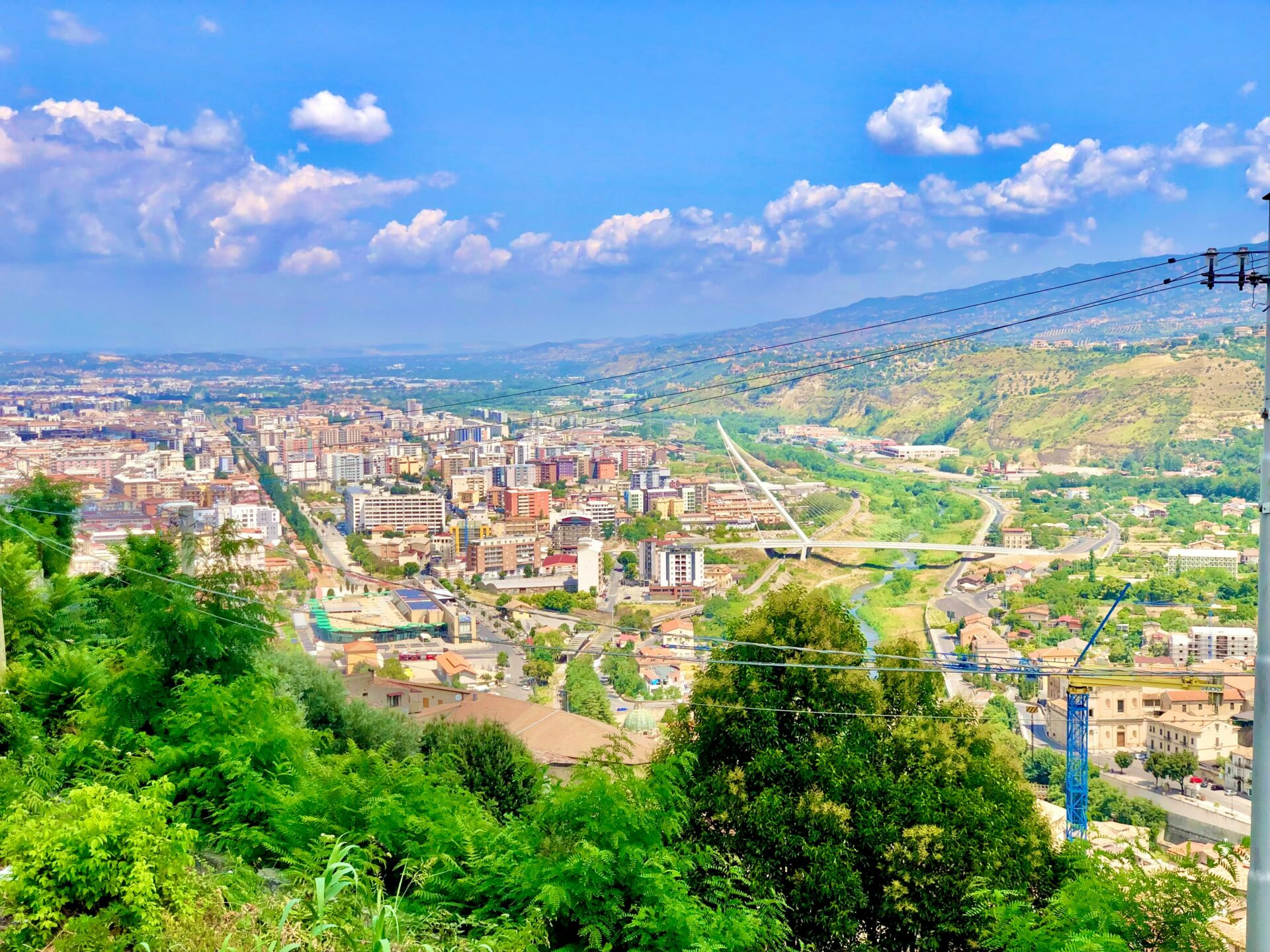
Cosenza’s Historic Hillside: Legacy, Legends, and Landmarks
Cosenza’s ancient hillside perches right where two rivers meet. People have lived here since the 4th century BC, when the Bruzi settled in this strategic spot.
The historic center captures centuries of cultural evolution. Its architecture, folklore, and religious heritage all tell stories.
Medieval Old Town and Its Architectural Marvels
When I walk through Cosenza’s old town, the narrow medieval streets always pull me upward toward the Norman-Swabian Castle. This fortress dominates the hillside and gives you breathtaking views of the city below.
The castle reminds you just how important this city has been over the centuries.
The historic center feels like a patchwork museum. Buildings from different eras stand side by side, creating a visible timeline of styles.
I love poking around the noble palaces with their ornate facades and hidden courtyards. Roman nobles once lived here, and later, merchant families left their mark.
Piazza XV Marzo sits at the cultural heart of old Cosenza. Here, I find the Teatro Rendano and the Biblioteca Civica—both symbols of the city’s reputation as the “Athens of Italy” thanks to its intellectual traditions.
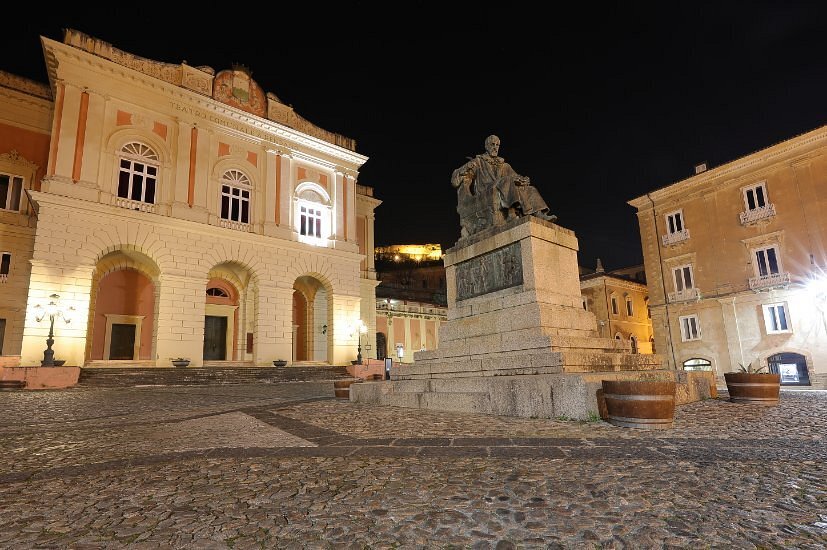
Mysteries, Myths, and Customs of the Hills
One of Cosenza’s most intriguing legends centers on King Alaric I of the Visigoths. Locals say he died of malaria here in 410 AD. The part that fascinates me most is the story that his treasure—including spoils from the sack of Rome—was buried with him in the riverbed.
The old town holds onto mysterious customs that blend pagan and Christian traditions. During certain festivals, I’ve seen ceremonies that feel like echoes of ancient magical rites performed in sacred groves.
Many families pass down traditional customs. These range from special bread-making rituals to protective charms in doorways.
The steep streets almost seem to guard secrets, with certain corners famous for their ties to local legends.
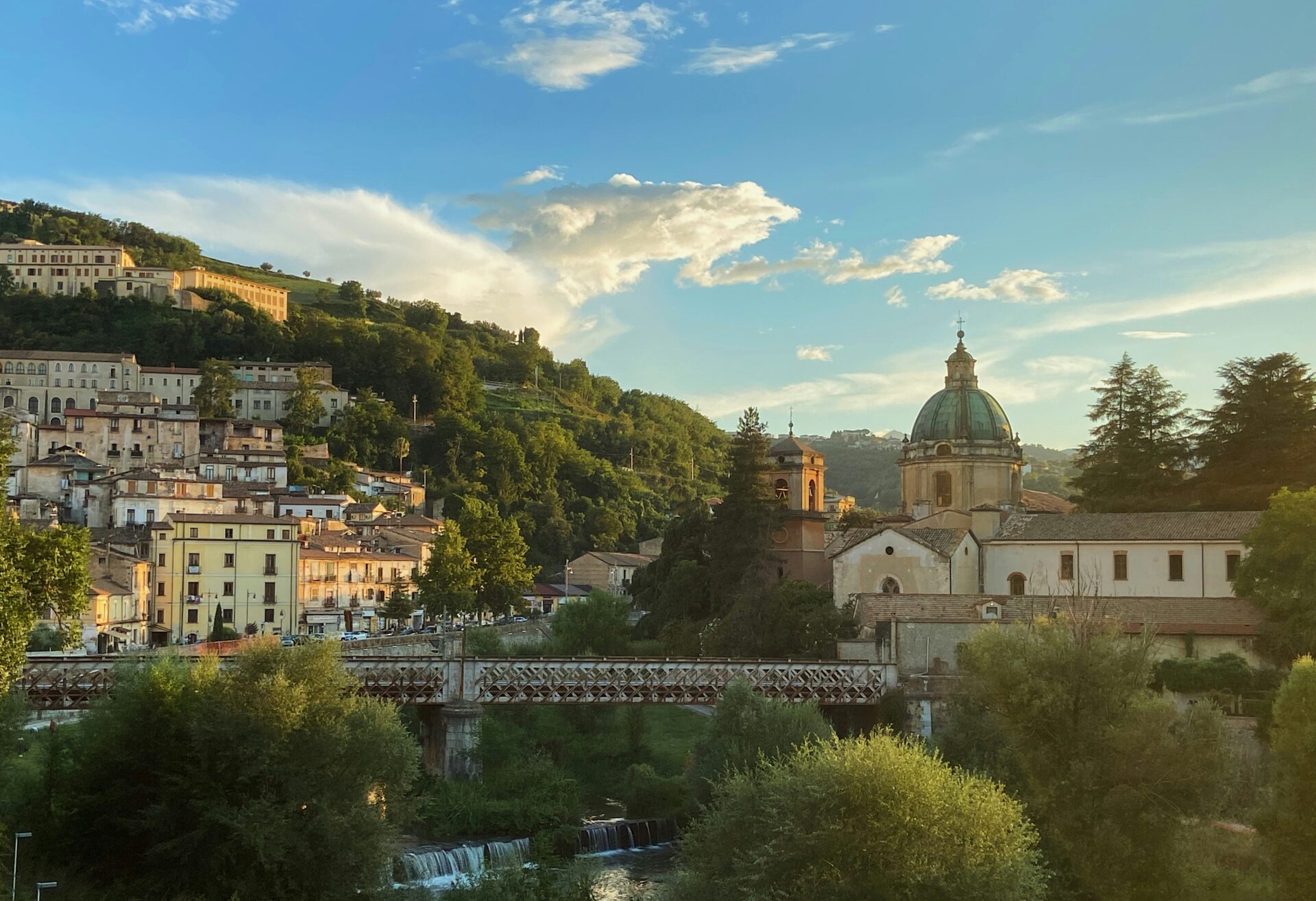
Religious Influence and Sacred Sites
The Cosenza Cathedral towers over the spiritual landscape of the old town. Built in the 12th century, its Gothic-Romanesque style shows the strong influence of Norman culture and the Roman Church.
Inside, I always stop to admire the Madonna del Pilerio, the patron saint held dear by locals.
Monasticism left a big mark on Cosenza’s hillside. Several historic monasteries nestle among the residential quarters, once serving as centers of knowledge and Christianity’s outposts in tough times.
The religious heritage isn’t just about grand buildings. Small shrines pop up at unexpected turns in the narrow streets. I often see elderly residents making the sign of the cross as they pass—proof that centuries of devotion still shape daily life, even with the modern world bustling below.
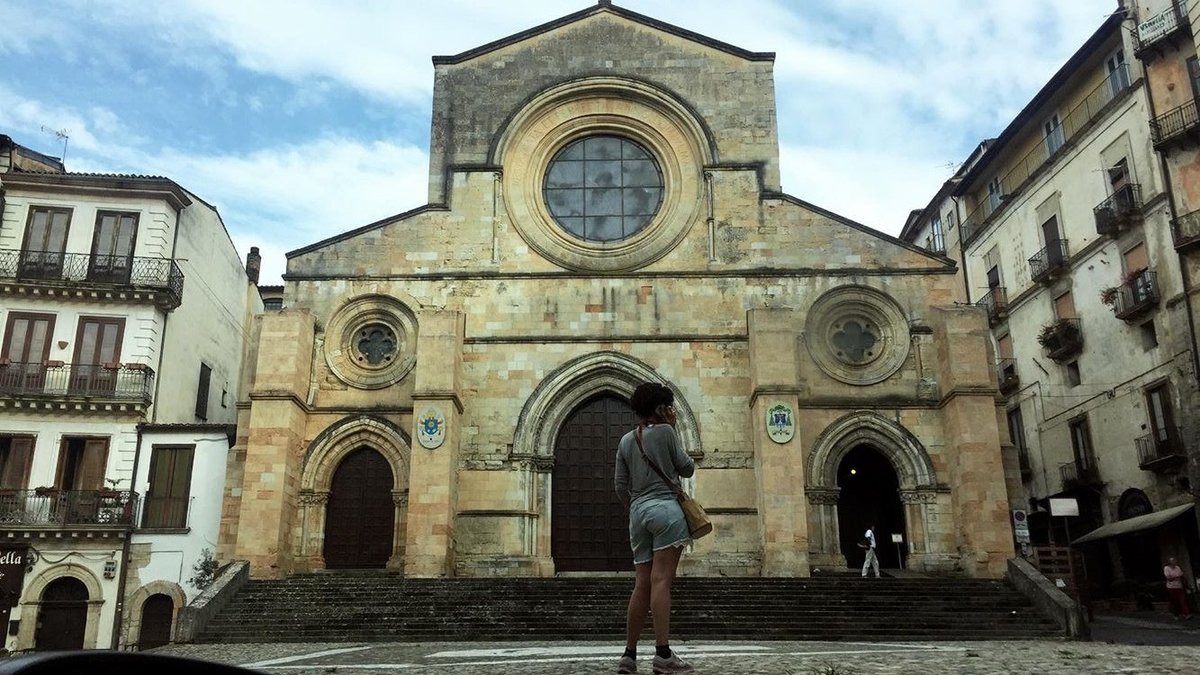
Modern Valley: Transformation and Vibrant Culture
Cosenza’s valley area shows how the city has grown into a contemporary urban center. Modern architecture and cultural innovations mix with Calabrian traditions here.
Contemporary Life and Artistic Expressions
Strolling through the modern valley of Cosenza, I notice how the city’s landscape has transformed. The PIC URBAN project, launched in 1996, played a big role in revitalizing areas like Via Popilia.
The valley buzzes with university students. Their energy spills into the streets and cafes, giving the area a youthful vibe.
This academic presence fuels a lively arts scene. Street art covers many buildings, turning the city into an open-air gallery.
Public spaces have become canvases for creative expression, mixing traditional and modern themes.
Theater shows and music festivals pop up regularly, drawing people from across Calabria. These events blend contemporary art with traditional Calabrian influences.

Culinary Traditions and Local Hospitality
My culinary adventures in Cosenza’s valley have been a treat. Local restaurants serve traditional Calabrian dishes with a modern twist—spicy ‘nduja on artisanal bread is a must-try.
The bustling markets overflow with fresh produce from nearby farms. I love wandering through early in the morning, watching locals pick out ingredients for the day.
Hotels and B&Bs in the valley offer comfortable stays and genuine hospitality. Family-run places often treat guests to homemade limoncello and personal tips for exploring the city.
Cafés line the main boulevards. Locals and tourists alike gather for espresso and people-watching. The afternoon coffee ritual creates a space for conversation and community.

Echoes of Power: From Ancient Civilizations to the Present
Cosenza’s landscape tells stories of power struggles and cultural transformations that shaped its identity over thousands of years. The city has seen empires rise and fall, yet it keeps its strategic importance in the Mediterranean.
Carthaginians, Normans, and Shifting Empires
When I wander Cosenza’s old quarter, I can almost feel the layers of history underfoot. The Carthaginians first saw the value of this spot during the First Punic War, setting up outposts to keep an eye on the Romans.
Exploring the Norman Castle above the city, I’m reminded how much changed after the Norman conquest. The new rulers transformed Cosenza’s identity yet respected the cultures already here—kind of like what happened in Sicily, where Islamic influences got woven in rather than erased.
Byzantine-style churches dot the hillside, showing the Eastern Empire’s influence. During visits, I’ve learned how Pyrrhus and Agathocles used Cosenza as a base for campaigns against Rome’s growing power.
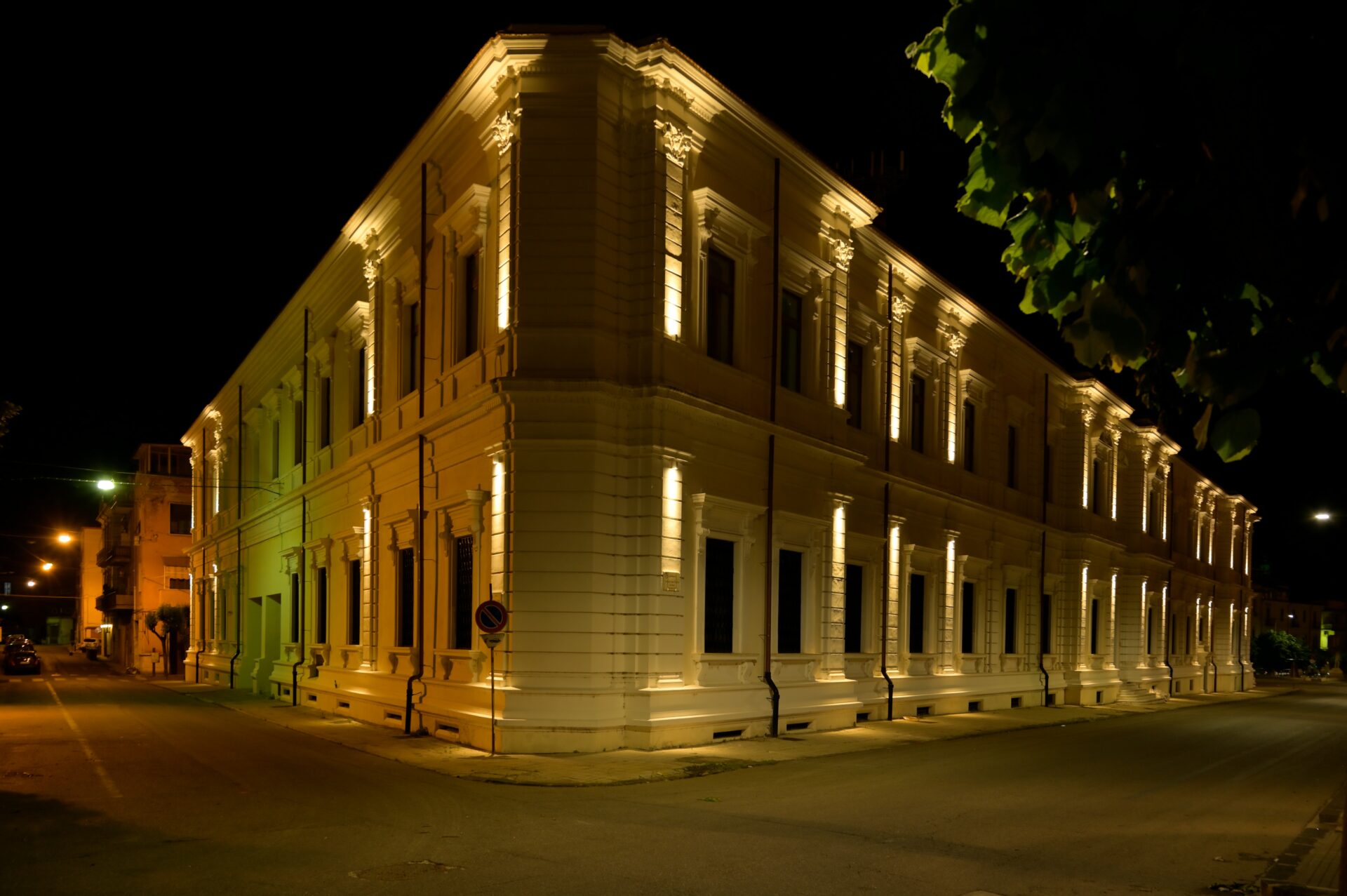
Civil War, Strife, and Historical Turning Points
Cosenza’s narrow streets have seen plenty of conflict. The city became a hotspot during civil wars, thanks to its position between north and south.
I’ve visited monuments honoring patriots who fought against Bourbon rule in the 19th century. Revolutionary movements found fertile ground here, with old memories of independence fueling resistance.
The Risorgimento brought especially fierce fighting to the region. Local guides have shown me places where battles raged as Italy fought to unify. These conflicts changed Cosenza’s path, turning it from a peripheral outpost into an important regional center.

Treaties, Democracy, and the Rise of Cosenza
After World War II, Cosenza really embraced democracy. The city had suffered under fascism, and many residents joined resistance movements.
Today, I see how the post-war economic boom transformed the valley beneath the historic center. New government buildings, universities, and commercial hubs sprang up as symbols of Cosenza’s modernization.
What strikes me is how the city balances preservation and progress. Ancient sites like the theater near Agrigentum remain carefully protected, while new development focuses on the valley. This approach has created a city that honors both its ancient roots and its modern spirit.

The Spiritual and Superstitious Side of Cosenza
Cosenza’s rich culture weaves together spiritual beliefs and superstitions that stretch from ancient pagan rituals to deep Catholic traditions.
Pagan Origins and Sacred Legends
Walking the old quarter, I still sense echoes of Cosenza’s pagan past. Before Christianity, locals worshipped nature deities like Adonis and Attis, celebrating fertility cycles that matched the rhythms of farming.
These old rituals often happened in sacred groves, places later chosen for Christian churches.
The Sila mountains around Cosenza once inspired awe as divine homes. Legends tell of spirits in springs and forests, and people left offerings to ensure good harvests. Even now, some elders place certain herbs at doorways during solstices.
What fascinates me is how these pre-Christian beliefs blended into newer traditions. Ancient symbols like wheat and olive branches show up in festivals that seem to honor saints, but really nod to much older worship.

Christianity’s Influence and Moral Traditions
Christianity changed Cosenza’s spiritual landscape after the 4th century. The Florense Abbey in San Giovanni in Fiore stands as a spiritual anchor for the region and represents the deep Catholic influence that took root here.
When I visit Cosenza’s churches, I notice how religious traditions shape everyday life. Pope Pius IX and Benedict XVI both recognized the area’s devotion. Processions honoring the Madonna and patron saints fill the streets, with the faithful following old routes through the historic center.
Religious festivals blend faith and community spirit. I’ve watched elderly women make the sign of the cross as they pass churches or homes with icons—small gestures that show deep faith.
The idea of resurrection is especially important here. It shapes Easter celebrations and even the comfort people find during funerals. This spiritual foundation gives Cosenza a strong sense of continuity with its past.

Nature, Discovery, and Scientific Insights
Cosenza’s dual identity goes beyond history and modern life—it’s in the natural environment too. The landscapes around the city offer unique chances for discovery and sometimes challenge even seasoned explorers.
Landscapes and Seasonal Transformations
I’m always amazed by how Cosenza changes with the seasons. In spring, wildflowers light up the hillsides, painting a vivid tapestry against the old stone buildings.
Summer brings a different mood. The valley shimmers with heat, but the historic center enjoys cool breezes from the Sila mountains.
Fall is probably my favorite season here. The forests burst into warm oranges and reds, a bit like the Southern Alps in autumn but with a Mediterranean twist.
Winter sometimes brings snow to the higher parts of the old town. Medieval stones look magical under a white blanket, while the valley stays milder, showing off the microclimate differences between the two areas.
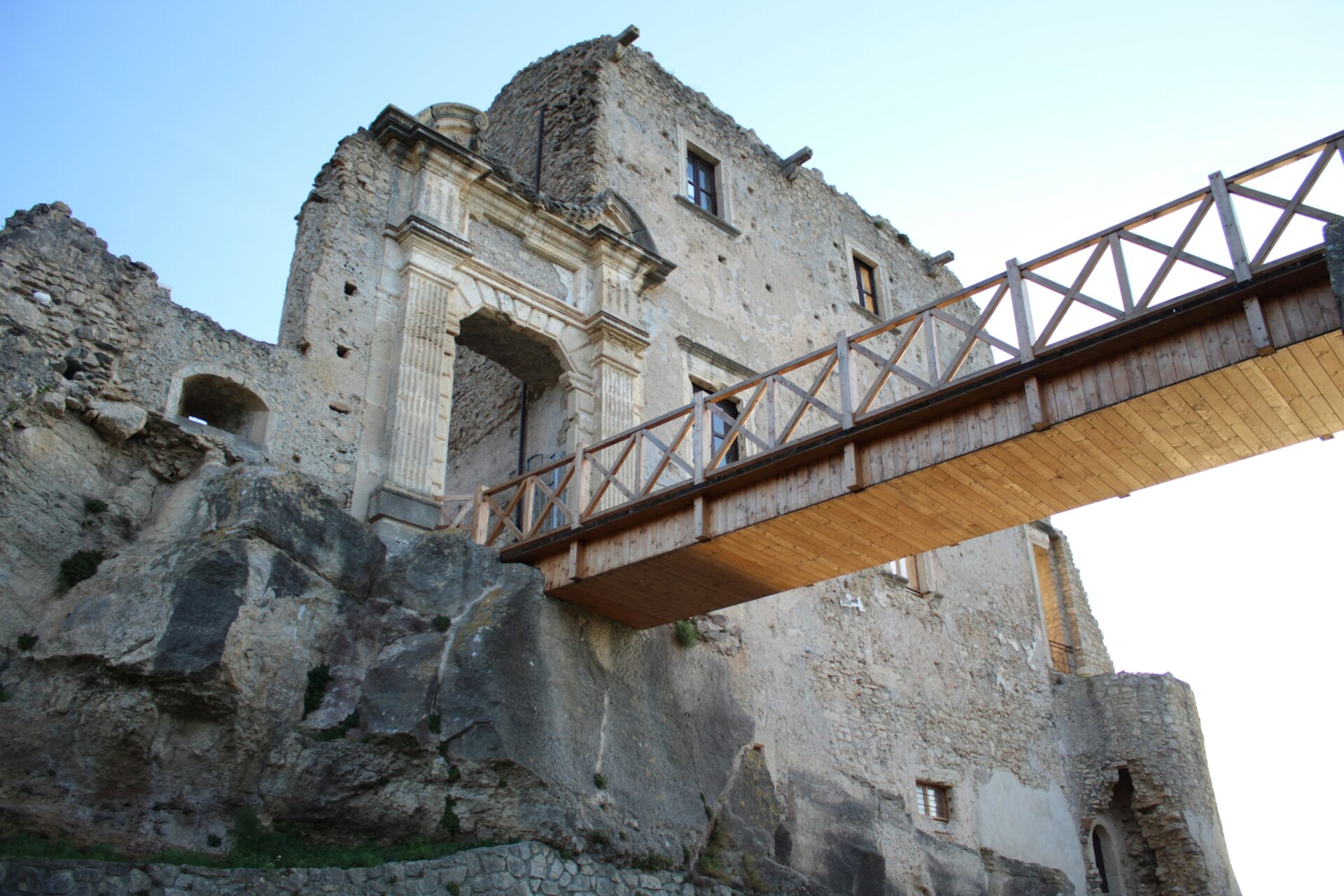
Geology, Remote Sensing, and Hidden Enigmas
Cosenza’s geology tells a wild story about Italy’s tectonic history. The city sits where different geological zones meet, which gives it a unique geochemical profile.
Recent remote sensing work has uncovered hidden features beneath the city. Using advanced imaging, researchers found structures dating to the Upper Triassic period. That adds fresh chapters to the story of the region’s formation.
The area’s seismic network keeps tabs on subtle earth movements, since Cosenza sits in a moderately active earthquake zone. This monitoring helps protect both ancient hillside buildings and the newer valley constructions.
I was surprised to learn that geochemical data from the soil here reveals traces of ancient civilizations. Archaeologists use these clues to piece together settlement patterns that traditional digs might miss.
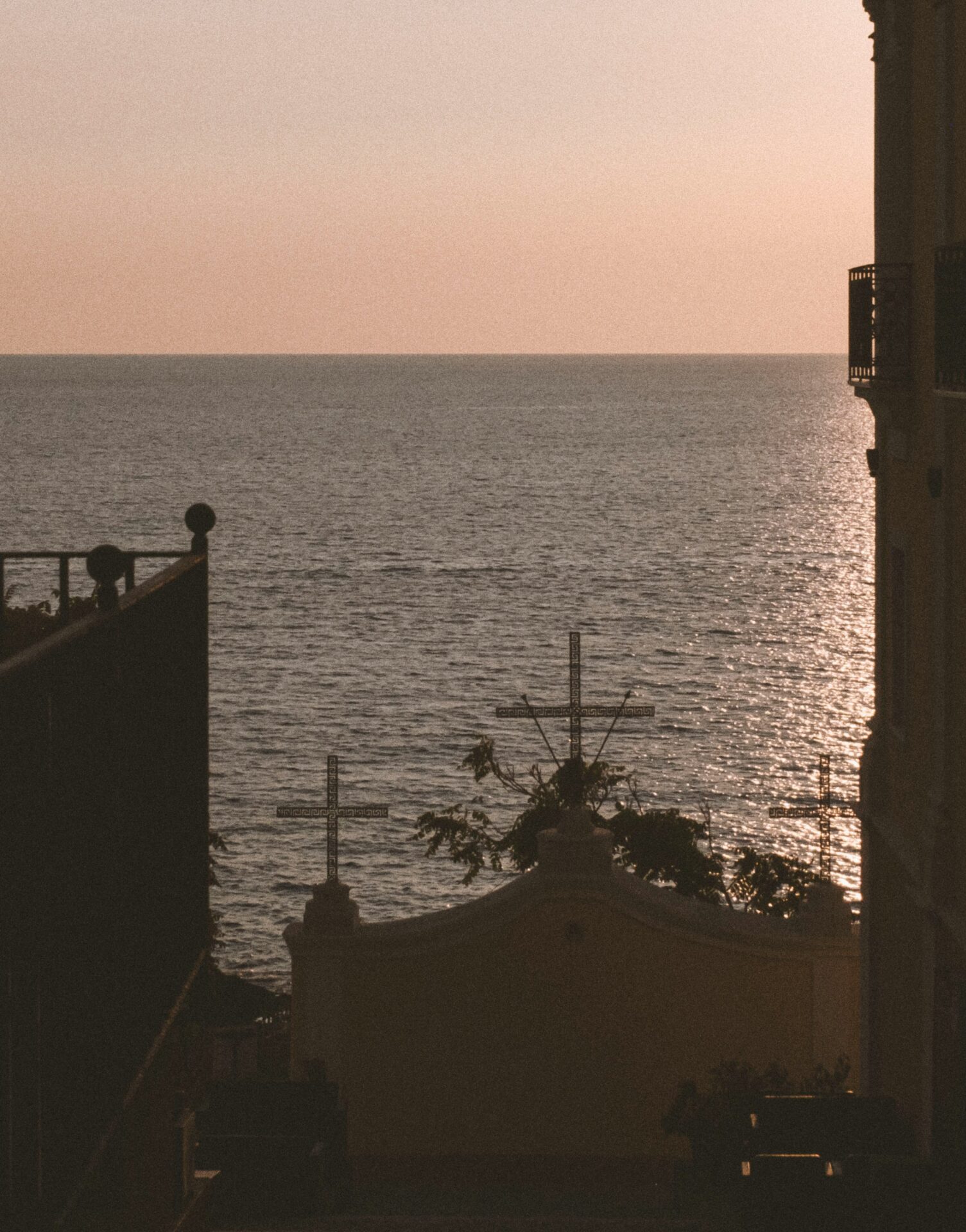
Adventure, Peril, and Walks in the Wild
My favorite hiking trail starts just outside the old city center. It winds through olive groves and then climbs into tougher, rocky hills.
I get amazing views along the way, but you really need good shoes and a bit of planning. Trust me, this isn’t the place to show up in sandals.
The summer heat can be brutal, especially if you’re on a trail with little shade. I always toss a couple extra water bottles in my bag when I hike between June and September—temperatures can shoot up fast.
Wildlife keeps things interesting out here. Wild boars roam the forests nearby, and while they usually avoid people, I give them plenty of space. I’ve bumped into them a few times, mostly early in the morning.
If you want something a bit more relaxed, the Crati River is close by. Its riverside paths are great for easy walks.
In spring, the riverbanks explode with wildflowers and birdsong. It’s a peaceful escape from the steeper mountain trails.

Intrigue and the Allure of Secrets in Cosenza
Walking through Cosenza sometimes feels like stepping into a detective story. Every cobblestone and weathered wall seems to hide some secret.
The city’s old and new neighborhoods blend together, creating all sorts of nooks and crannies. I’ve spent hours poking around, half-expecting to stumble on a hidden door.
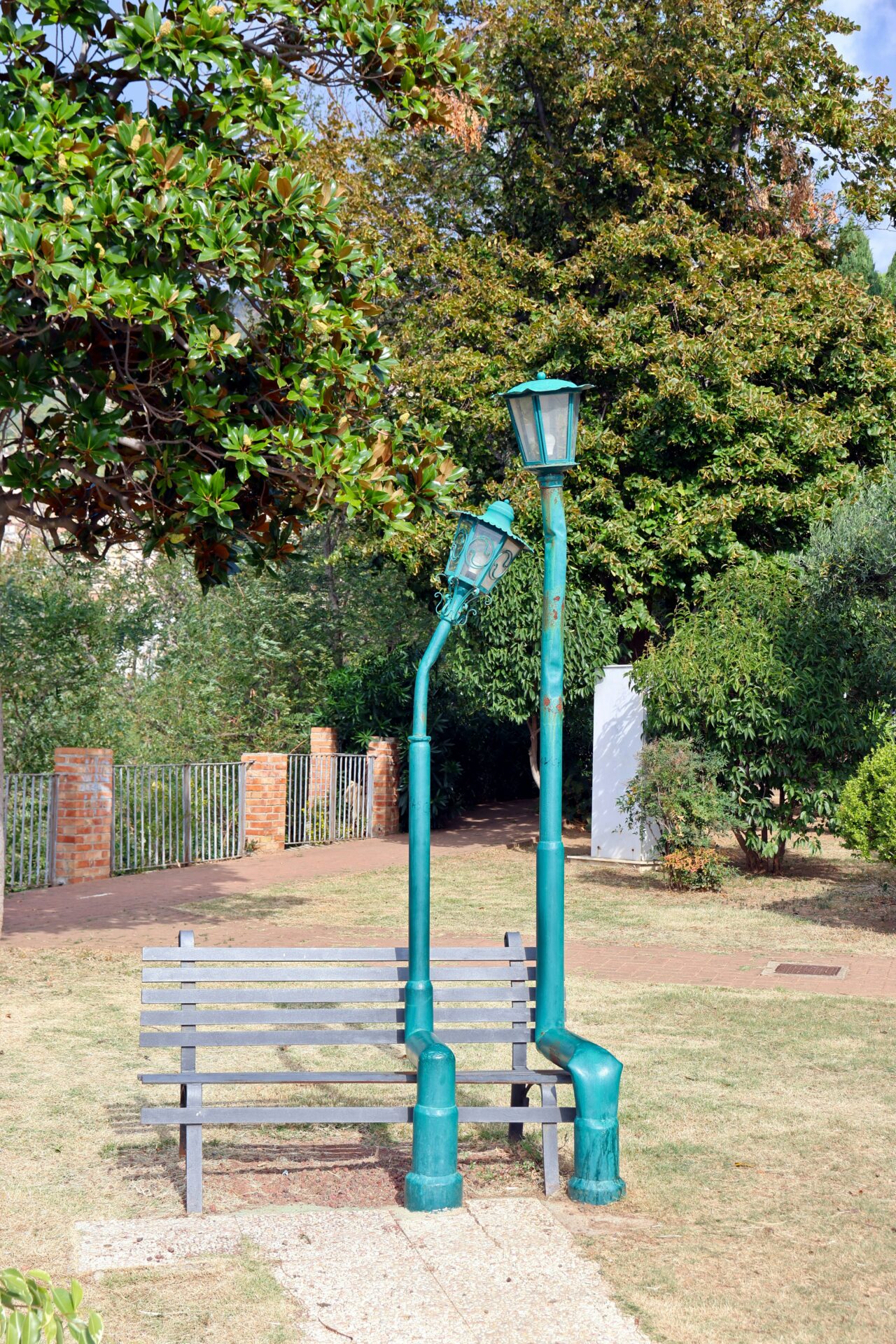
Enigmatic Locations and Urban Mysteries
Cosenza’s historic center is packed with mysterious spots that make you wonder what really happened there. I’ve found tucked-away courtyards you can only reach by slipping through narrow alleys.
Some of these spaces suddenly open up to reveal forgotten fountains or faded frescoes. It’s a little surreal.
Stories swirl about underground tunnels beneath the Norman Castle. Locals say nobles used them to escape invaders, though officials usually brush off those rumors.
A few guides have quietly pointed out possible entrances near the Duomo. I haven’t tried sneaking in—yet.
The Jewish Quarter hides its own secrets. I’ve noticed odd symbols carved into old doorways, which some say are coded messages from centuries ago.
Back then, the community needed to communicate in ways outsiders wouldn’t catch. It’s fascinating to imagine.
Probably my favorite mystery is the “Whispering Corner” near Piazza XV Marzo. For some reason, whispers travel across the square there—no idea how, but it never fails to surprise me.
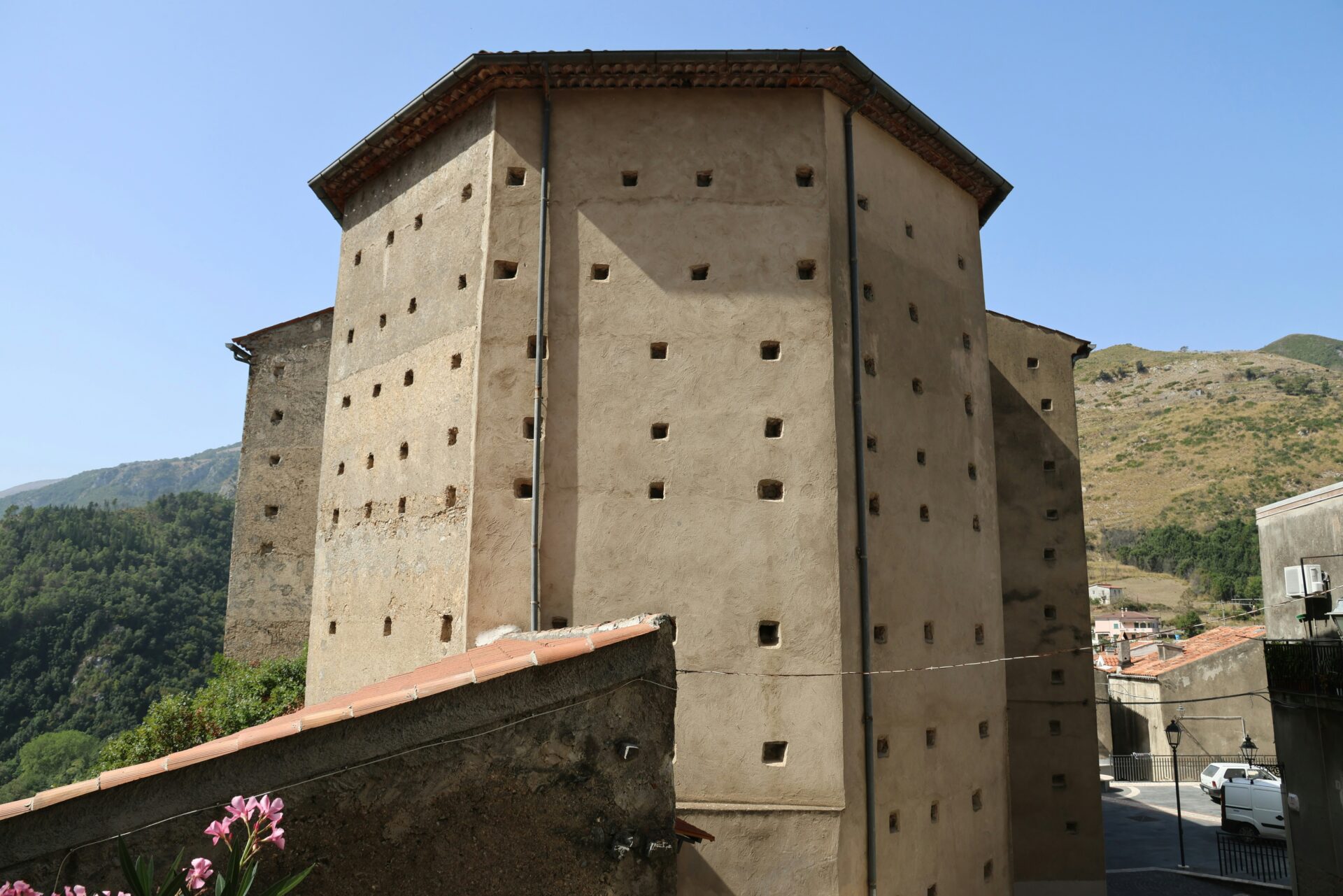
Strangers, Motives, and Public Intrigue
Cosenza’s social fabric throws in another layer of intrigue to this already fascinating city.
I’ve watched elderly men play cards in the piazzas, their conversations dropping to whispers when someone unfamiliar comes close.
The city’s cafés feel like little information hubs. Baristas here seem to know what’s going on with pretty much everyone.
At Caffè Renzelli, the oldest café in town, I noticed handwritten notes slipping between hands along with the espresso.
Public festivals show off a different side of the city’s secrets. During the Madonna del Pilerio celebration, certain families carry out traditions, but they never explain them to outsiders.
Cosenza’s university stirs up its own kind of mystery. Students wander the “philosopher’s path” by the Crati River at sunrise, hoping for some kind of academic revelation.
Old superstitions mix with modern secrets here, and honestly, nothing ever feels quite as it appears. Every visit turns into a bit of an adventure, trying to figure out what’s really going on underneath it all.

